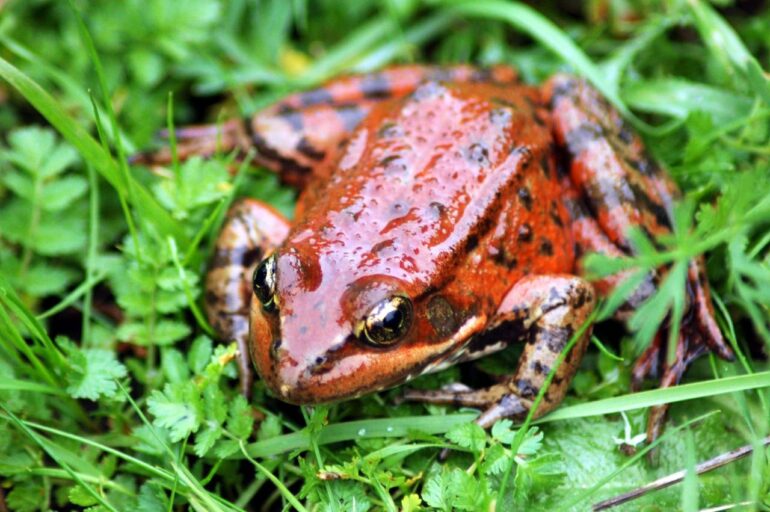When the COVID-19 pandemic first emerged, many wildlife disease researchers like me were not too surprised. Some were intrigued it hadn’t happened sooner; after all, it is our job to observe, describe and study pandemic dynamics in animals.
Amphibians, for example, have been undergoing a global panzootic – the animal version of a pandemic – for decades. In the late 1990s, researchers identified the amphibian chytrid fungus, which causes the often-lethal disease chytridiomycosis, as the probable culprit behind frog and salamander declines and extinctions from Australia to Central America and elsewhere that began 10, 20 or even 30 years before.
Scientists have found this pathogen on every continent that amphibians inhabit, and the extensive global amphibian trade has likely spread highly lethal strains around the world. The amphibian chytrid fungus is widespread in some geographic regions, and, like the virus that causes COVID-19, it can mutate rapidly and take new forms that cause varying disease severity.
Many amphibians are disappearing around the world.
Conservation translocation is an increasingly popular way to recover species that have experienced extensive population declines. It involves moving organisms to reestablish populations that have gone extinct, supplement existing ones or establish new ones in areas where the species was not previously present. However, when the amphibian chytrid fungus is prevalent in the landscape, frogs are likely to get sick again, hampering the success of translocation.
To avoid the setbacks of disease, researchers are using a tool often employed against human pandemics: inoculations akin to vaccines.
In our recent study, my research team and I inoculated threatened California red-legged frogs against chytrid fungus before translocation by exposing them to the chytrid fungus in the laboratory. We wanted to see if we could activate their immune systems and give them an advantage over the fungus once they are released. Our results were unexpected.
Nothing a cocktail won’t cure
Since 2017, Yosemite National Park has been actively translocating California red-legged frogs to Yosemite Valley, where the chytrid fungus is already present. We used a small subset of these translocated frogs in our study.
We collected wild frog eggs at a place where the species is thriving, about 100 miles northwest of Yosemite Valley, then raised them in captivity at the San Francisco Zoo. Once they metamorphosed into juvenile frogs, we bathed 20 in a “cocktail” of four live, active strains of the fungus. After three weeks, they were given a bath of an antifungal drug to halt the infection. Another 40 frogs that were not exposed to the fungus were also given a bath of an antifungal drug.
Then we reexposed the 20 previously infected frogs to the fungus a second time, while 20 previously uninfected frogs were exposed to the fungus for…



